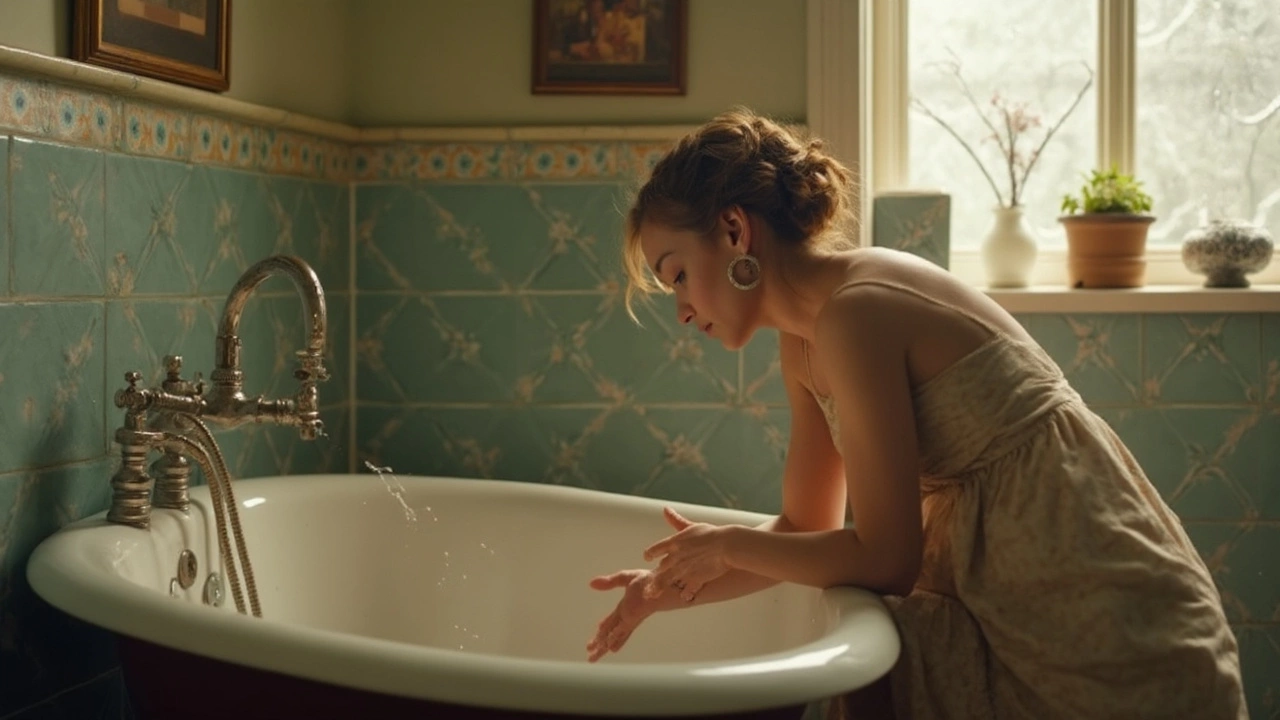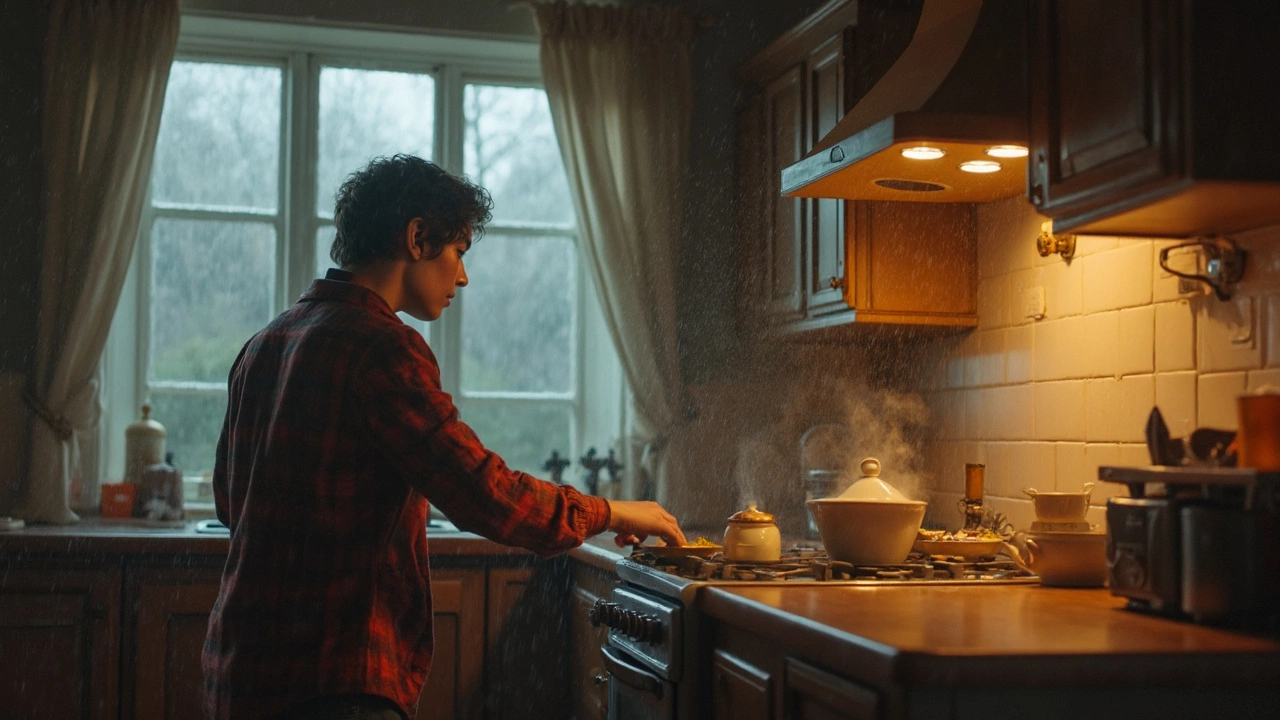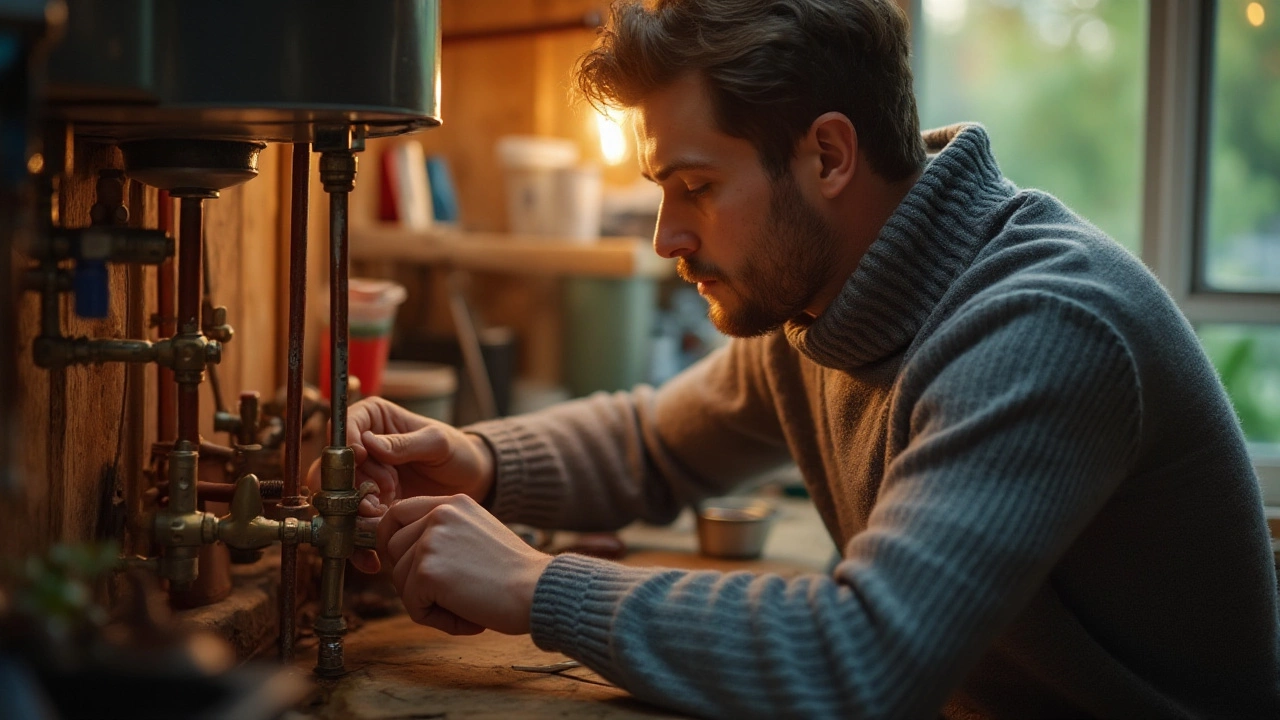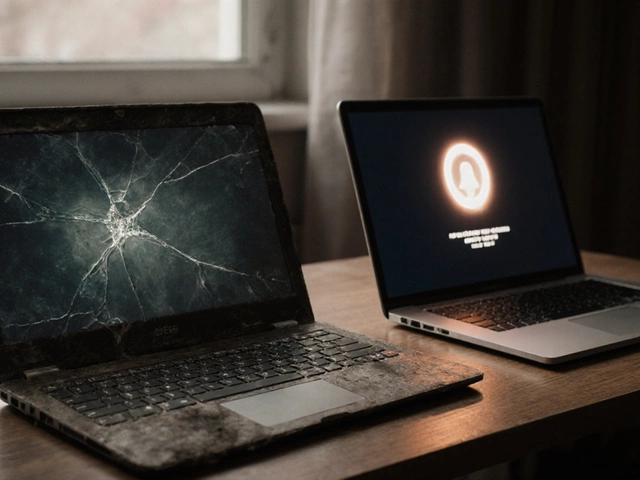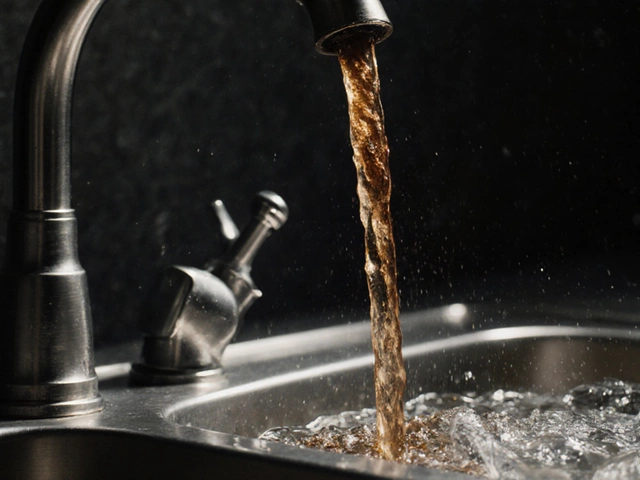Ever woken up to a cold shower? A non-cooperative hot water heater can really start your day off on the wrong foot. But before you panic and begin dialing your repair guy, there are a few simple things you can check.
First things first, is your water heater getting power? For electric ones, a tripped circuit breaker could be the culprit. Head to your electrical panel and check if the breaker for your heater is in the 'off' position. A quick flick might restore your hot water bliss.
If you're dealing with a gas water heater, ensure the gas supply is turned on. A bent or kinked gas line can stop the supply cold. Also, peek at the pilot light. If it’s out, relighting could be your easy fix.
These checks could save you a service call, and your wallet. So, next time there’s no hot water, take a few minutes. Your solution might be closer than you think.
- Check the Power Supply
- Inspect the Thermostat
- Look for a Pilot Light
- Consider the Age and Maintenance
Check the Power Supply
When the hot water's gone AWOL, the first thing you should do is check if your water heater is actually getting power. This might sound obvious, but it's an easy spot to overlook when you're half awake and cold. For electric water heaters, head over to your circuit breaker panel and see if the breaker dedicated to your heater is tripped. It's usually labeled clearly, but if not, try the breakers one by one.
Check Circuit Breaker
If a breaker is in the 'off' position, switch it back to 'on.' Sometimes this is all it takes to get things heating again. If it keeps tripping, though, there may be an underlying issue, like a short circuit or overload, that needs attention.
Inspect Power Connection
Assuming the breaker looks fine but there's still no hot water, inspect the power connection at the heater itself. Electric heaters often have a reset button on the unit. Give it a push and see if that gets things rolling. No luck? You might need to call in a professional because poking around inside these units isn't safe.
For Gas Heaters
Gas water heaters need gas to work, obviously. Check that the gas supply valve is open and not restricted by kinks in the line. No sound of gas flowing could mean the line is blocked.
Additional Tip
For those living in older homes, outdated wiring can sometimes cause power issues with your water heater. It might be worth having an electrician check everything out for peace of mind and reliability.
Addressing basic power issues could save you time and money in the long run. So, next time there's no hot water, get down to your power supply first; it might be the easiest fix of all.
Inspect the Thermostat
Your water heater's thermostat is one of those sneaky parts that you don't think about until something goes wrong. If hot water is playing hide and seek, a wonky thermostat might be the one to blame.
Start by turning off the power supply to the water heater from the circuit breaker. Safety first! Once that's done, open the access panel on the water heater. There, you should see a dial that controls the thermostat settings. Most experts suggest setting it to around 120°F. This temperature is the sweet spot between comfort and safety. If your dial already sits there, but you still get the cold shoulder, there might be a bigger issue.
Know Your Thermostat Type
It's handy to know whether your heater uses a single or dual-element thermostat. Electric heaters typically have upper and lower thermostats, while gas heaters have just one.
“The thermostat is like the heartbeat of your water heater,” says John Lin, lead technician at Watersafe Heating Solutions. “It needs regular check-ups to keep your system performing in top shape.”
Signs of Trouble
- Water that comes out too hot or too cold
- Inconsistent temperatures
- Heater taking too long to heat up
If you're experiencing these symptoms, adjusting the thermostat might just do the trick. However, if symptoms persist, it might be worthwhile to bring in a professional to inspect electrical components or replace the thermostat altogether.
| Thermostat Setting (°F) | Performance |
|---|---|
| 115 | Cool showers |
| 120 | Ideal comfort and safety |
| 140 | Scald risk, higher bills |
Regular checks and adjustments could save you from future hassles. So, give your thermostat a little TLC now and then, and your water heater might thank you with fewer cold showers.
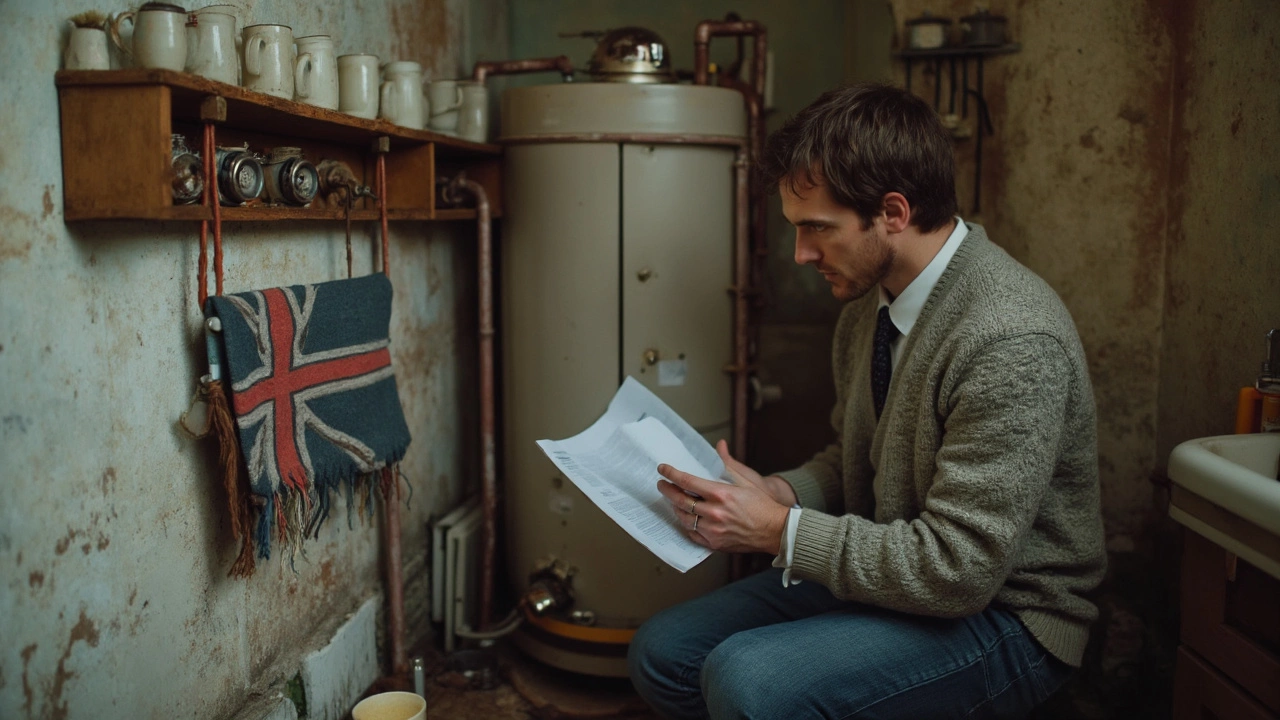
Look for a Pilot Light
One of the first things to check when your gas water heater isn't delivering hot water is the pilot light. This small flame is crucial as it ignites the gas burner needed to heat the water. If it's out, you've got a clear culprit.
Why the Pilot Light Might Go Out
Pilot lights can get extinguished for a handful of reasons. A sudden draft, an accumulated dirt or debris, or a faulty thermocouple can all snuff it out. Once you know the light is out, relighting it is often straightforward, but you want to ensure the underlying issue is addressed, so it's not a recurring problem.
How to Relight the Pilot Light
If you feel comfortable doing it, you can often relight a pilot light yourself. Here's how:
- First, turn the gas control valve to the "off" position and wait a few minutes to clear out any residual gas.
- Switch the control valve to the "pilot" setting. You'll usually see instructions printed on the water heater or its manual.
- While pressing the valve, ignite the pilot with a lighter or match directly at the pilot light opening.
- Hold the valve for a minute to ensure the light stays lit. Release and turn the valve to "on." If it doesn't stay lit, you may have a repair need, like a bad thermocouple.
Remember, if at any point you're unsure or uncomfortable, it’s wise to call a professional. Safety first!
Understanding the Thermocouple's Role
The thermocouple is a small sensor that detects the pilot flame. If it's malfunctioning, it might shut off the gas supply thinking the pilot light isn't on, even when it is. A replacement thermocouple is generally affordable, costing around $20 to $30, and could save much stress.
Checking the pilot light is a solid first step in troubleshooting your hot water issues. With a bit of observation and maybe a simple fix, you could back up and enjoy those warm showers in no time!
Consider the Age and Maintenance
Your water heater isn't supposed to last forever. These machines work like champs for around 8 to 12 years. If yours is older, it might be at the end of its service life. An older unit could struggle more often to keep up with your hot water needs.
Routine maintenance is key to prolonging your water heater's lifespan. Sediment buildup at the bottom can affect performance. An annual flush can clear that gunk out and keep things running smoothly. This is one little task that can really make a difference.
Spotting Signs of Aging
- Rusty water: If your hot water is starting to look a tad rusty, the inside of your unit might be corroding.
- Strange noises: Hearing weird knocking or rumbling sounds? It might be sediment trying to tell you something.
- Water around the tank: Small leaks might mean big trouble and could be a sign replacement is around the corner.
Why Regular Maintenance Matters
Neglecting maintenance could turn a manageable issue into a repair nightmare. Basic upkeep is not just about preventing breakdowns; it also ensures energy efficiency, so your heater uses less power to deliver the same comfort.
| Water Heater Age (Years) | Common Issues | Maintenance Tips |
|---|---|---|
| 0-5 | Little to no issues if maintained | Annual checks and flush |
| 6-10 | Performance drop, minor repairs | Intensified maintenance schedule |
| 11+ | Frequent issues, possible replacement | Consider replacement, regular inspection |
So, if your steamy showers turn ice-cold regularly, don’t just think repair; think replacement. An efficient, well-maintained unit not only spares your nerves but saves your energy bills too!
